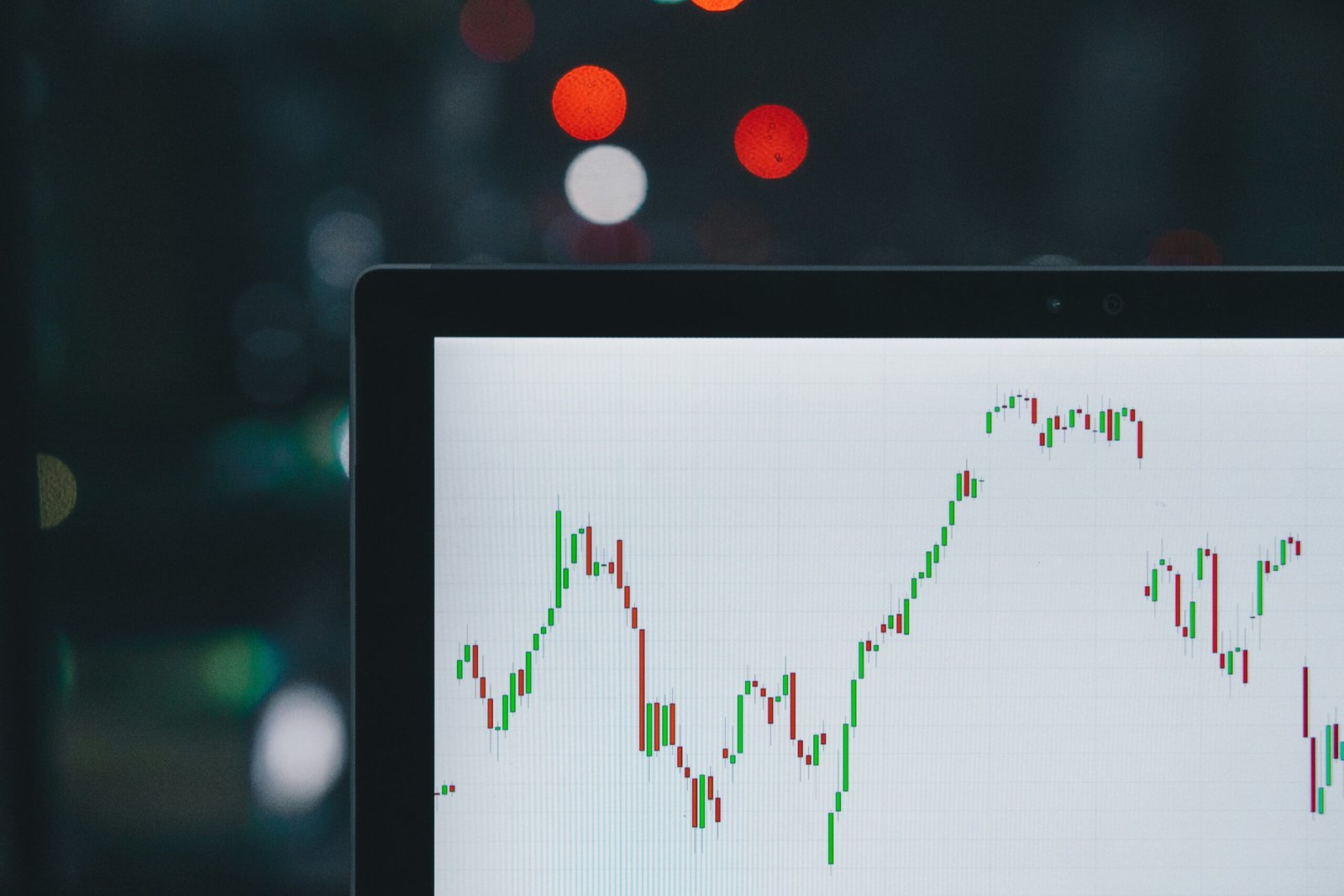Introduction to X1 Serax Trading
X1 Serax is an emerging financial asset that has recently gained attention in the trading market. It encompasses a variety of digital assets that utilize blockchain technology to provide secure and transparent transactions. As the world increasingly embraces digital innovation, X1 Serax offers a modern solution for investors seeking to diversify their portfolios. The significance of X1 Serax is underscored by its potential to offer higher returns compared to traditional investment avenues, thereby attracting a broad spectrum of traders.
At its core, trading X1 Serax enables investors to engage with a dynamic market characterized by volatility and rapid price shifts. Such features are particularly appealing to traders who thrive on the opportunity to capitalize on fluctuating asset values. Various types of assets are associated with X1 Serax, including cryptocurrencies, tokens, and derivatives, each presenting unique trading experiences and risk profiles. This variety allows traders to tailor their strategies, depending on their risk tolerance and investment goals.
The increasing relevance of trading X1 Serax can be attributed to several factors. Firstly, the rise of digital currencies has fostered an environment where traditional financial systems face increasing scrutiny and unpredictability. As traders seek alternatives, X1 Serax emerges as a viable option, reflecting a growing acceptance of digital assets. Additionally, advancements in technology and trading platforms have made it simpler for individuals to enter this market, further driving interest.
Moreover, trading X1 Serax can offer liquidity and the potential for high profitability. These benefits have contributed to its rising popularity and solidified its place within contemporary investment strategies. As the landscape of trading continues to evolve, X1 Serax is becoming a focal point for investors looking to maximize their opportunities in an increasingly digital world.
Understanding Market Trends and Analysis for X1 Serax
Successful trading of X1 Serax necessitates a deep understanding of market trends and thorough analysis. Historical price movements are critical indicators; they provide insights into how X1 Serax has performed under various market conditions. By examining past fluctuations, traders can identify patterns that may recur, offering valuable hints about future performance. For instance, understanding why X1 Serax surged or declined in certain periods can significantly inform current trading strategies.
Currently, the market climate surrounding X1 Serax can be influenced by various factors such as regulatory news, technological advancements, or competing assets. Staying updated with industry trends is essential for traders, as these elements can drastically affect the asset’s value. A trader should monitor macroeconomic indicators, news releases, and geopolitical events, as these can create volatility or provide stabilizing factors in the trading environment.
In engaging with X1 Serax, traders are advised to utilize both technical and fundamental analyses. Technical analysis involves reviewing statistical trends and price movements through charts and indicators, such as moving averages, relative strength index (RSI), and Fibonacci retracements, which can help predict future price behavior of X1 Serax. On the other hand, fundamental analysis looks at broader economic factors, including overall market sentiment and other influential elements like supply-demand dynamics. Utilizing both approaches creates a more comprehensive framework for making informed trading decisions.
By strategically employing these analytical techniques and staying attuned to market trends, traders can effectively navigate the complexities of X1 Serax trading. Maintaining an adaptive approach will allow them to respond to the ever-evolving market landscape, maximizing their potential for success.
Strategies for Trading X1 Serax Effectively
Successfully trading X1 Serax requires a nuanced understanding of both short-term and long-term strategies. On one hand, short-term trading, or day trading, involves taking advantage of price fluctuations within a single day. This strategy is suitable for traders who are vigilant and capable of responding quickly to market changes. For instance, one effective approach is to use technical analysis tools such as moving averages and relative strength index (RSI) to identify potential entry and exit points. By entering trades at optimal moments and utilizing stop-loss orders to protect against adverse movements, traders can maximize their gains while limiting losses.
Conversely, long-term trading focuses on holding positions over an extended period, typically weeks or months. This strategy aims to capitalize on the overall upward trend in the value of X1 Serax. Investors using this method rely heavily on fundamental analysis, examining market conditions and the broader economic environment. For example, if market reports indicate consistent growth in the demand for X1 Serax, a long-term trader might decide to increase their position, expecting future appreciation.
Risk management techniques are paramount in any trading strategy. Setting a risk-reward ratio helps traders identify the potential profit against the risk they are willing to accept. A common rule of thumb is to aim for a ratio of at least 2:1, meaning for every dollar risked, the potential reward should be two dollars. Moreover, diversification can shield traders from volatility specific to X1 Serax, by spreading investments across different assets or markets.
To illustrate these strategies in action, consider a trader who opts for a short-term approach during a spike in interest around X1 Serax due to favorable news coverage. By harnessing both technical analysis and risk management techniques, this trader successfully capitalizes on quick price movements, achieving a significant profit while safeguarding against major losses. In this dynamic trading environment, a well-rounded approach is essential for maximizing profits and minimizing risks.
Common Mistakes to Avoid When Trading X1 Serax
Trading X1 Serax can be rewarding, yet novices and even experienced traders often fall prey to common pitfalls that can hinder their performance. Recognizing and avoiding these mistakes is crucial for fostering a disciplined trading practice. One significant error is emotional trading. When traders allow their emotions to dictate their decisions, they often make impulsive choices that can lead to losses. Instead of relying on feelings, it is important to adhere to a well-defined trading strategy based on analysis and logical reasoning.
Another frequent mistake is the lack of proper research. Many traders may jump into the market without adequately understanding the dynamics of X1 Serax and the associated risks. Thorough research, including understanding market trends, news, and economic factors, is essential before committing capital. Utilizing educational resources and market analysis tools can help traders stay informed and make well-rounded decisions.
Over-leveraging is another pitfall that can jeopardize trading success. It can be tempting to seek bigger gains by using high leverage; however, this practice increases the risk exponentially. Traders should establish a balanced approach to leverage, ensuring it aligns with their overall risk management strategy. This cautious tactic can safeguard against significant losses stemming from sudden market movements.
Additionally, neglecting market signals can prove detrimental to trading endeavors. Traders should stay attuned to price movements, indicators, and overall market sentiment. Ignoring these signals can lead to missed opportunities or unnecessary losses. By prioritizing discipline and maintaining a keen awareness of market dynamics, traders can significantly enhance their performance when trading X1 Serax.





